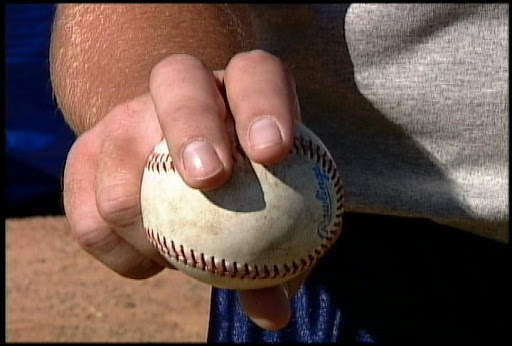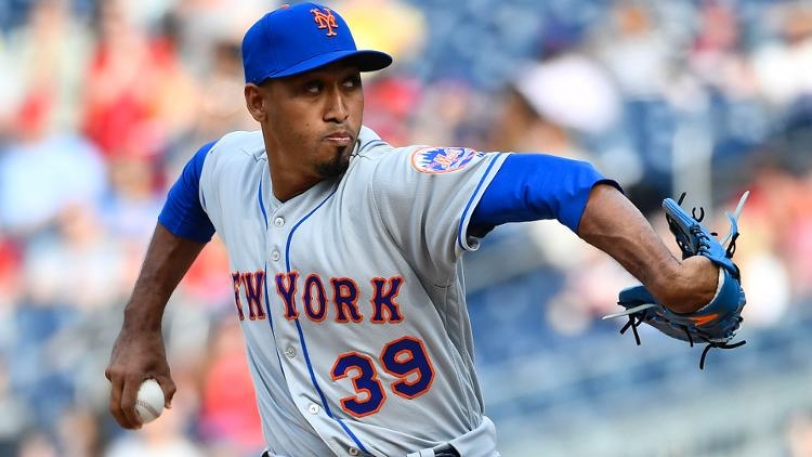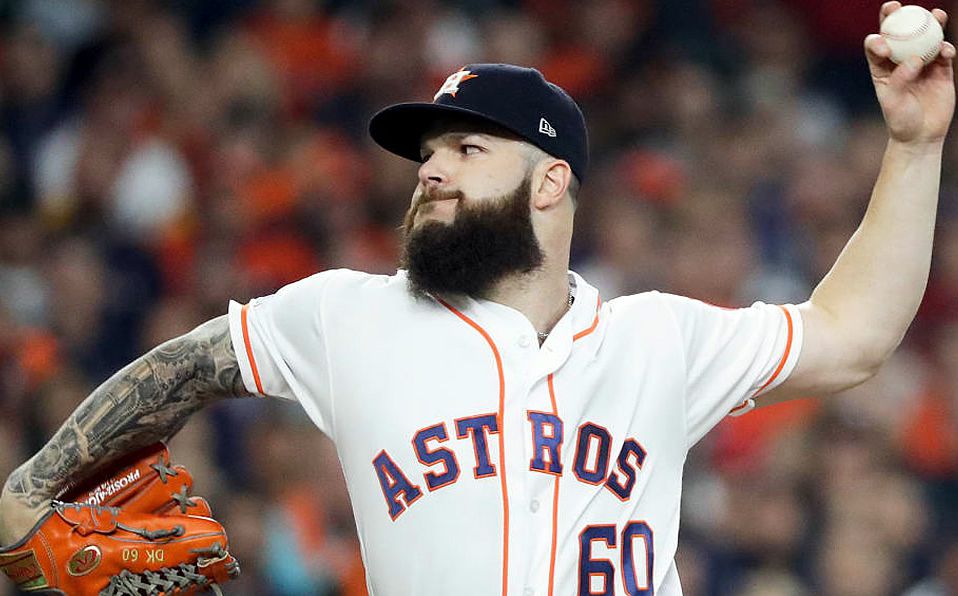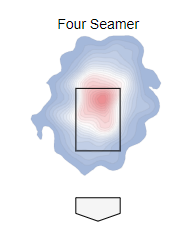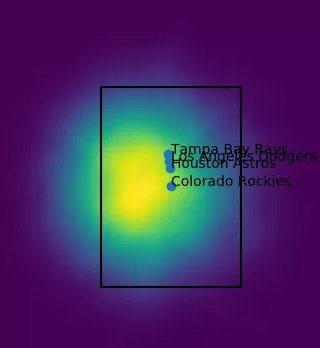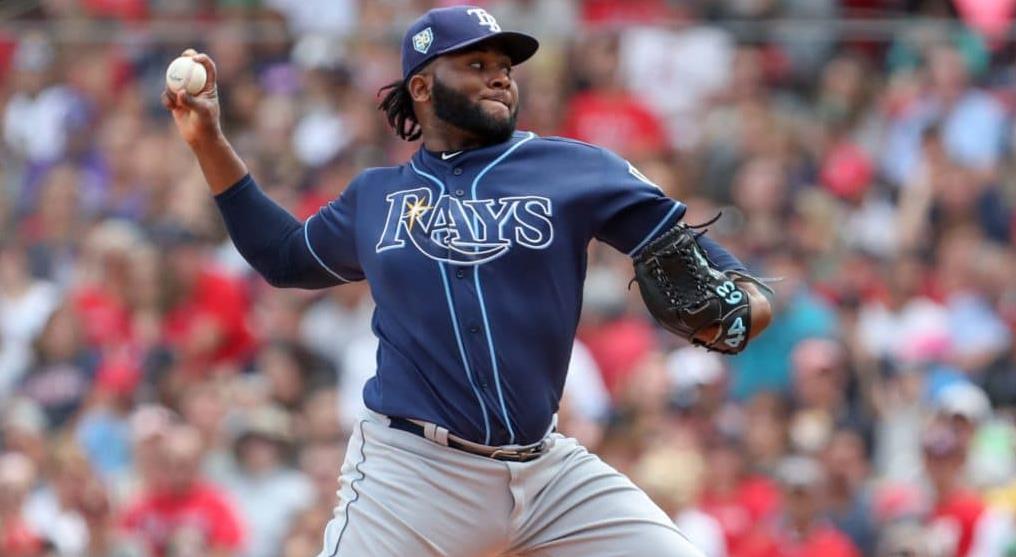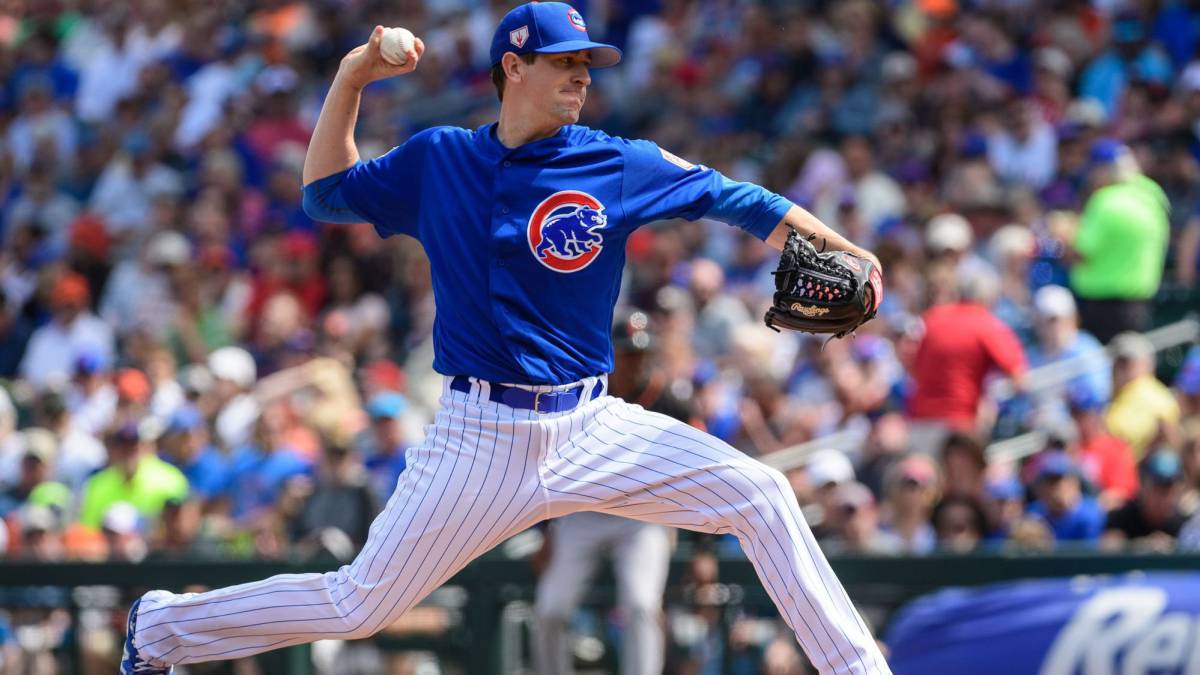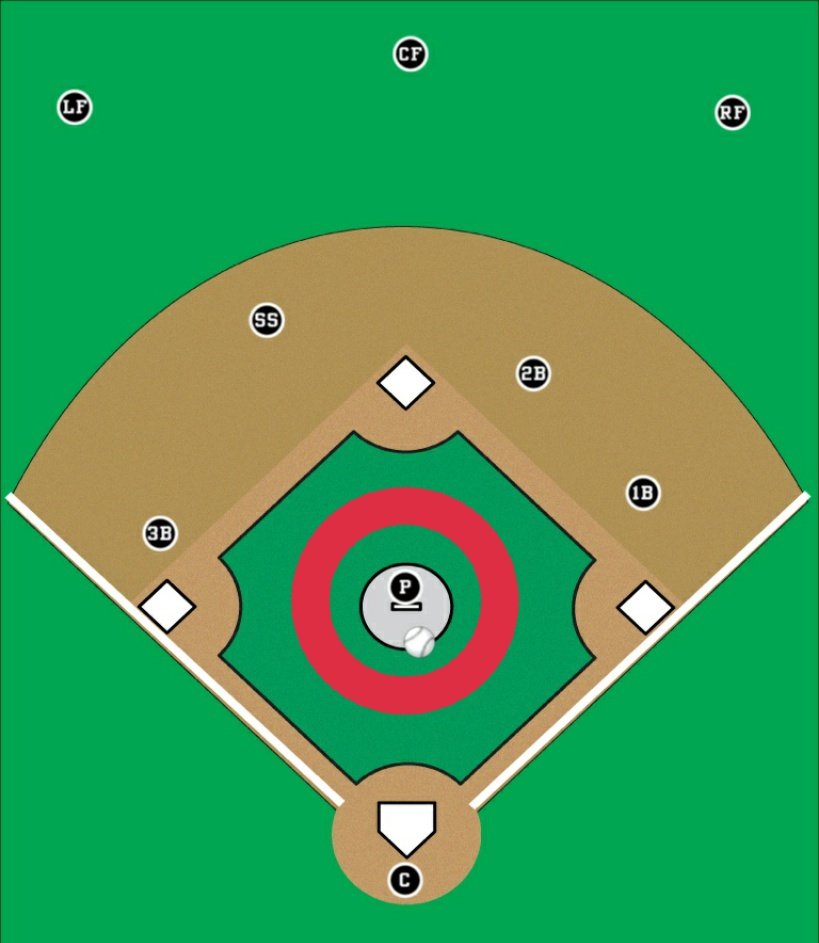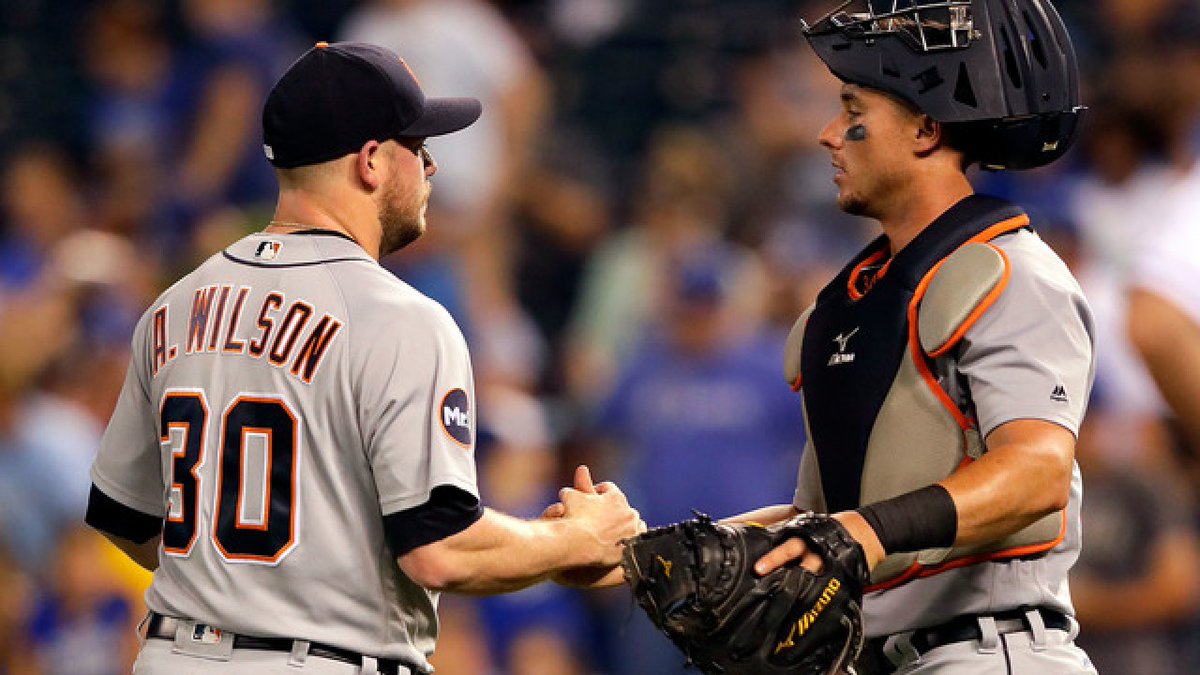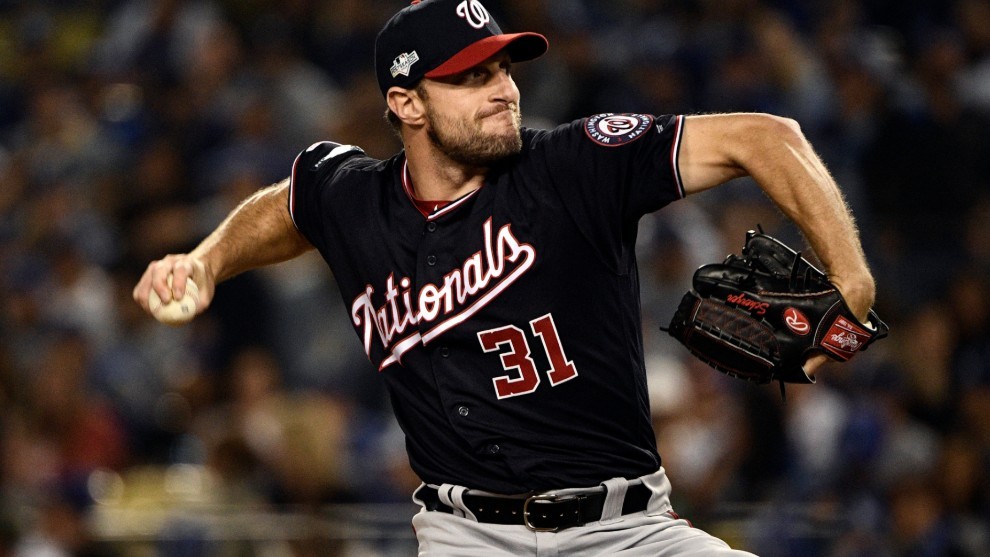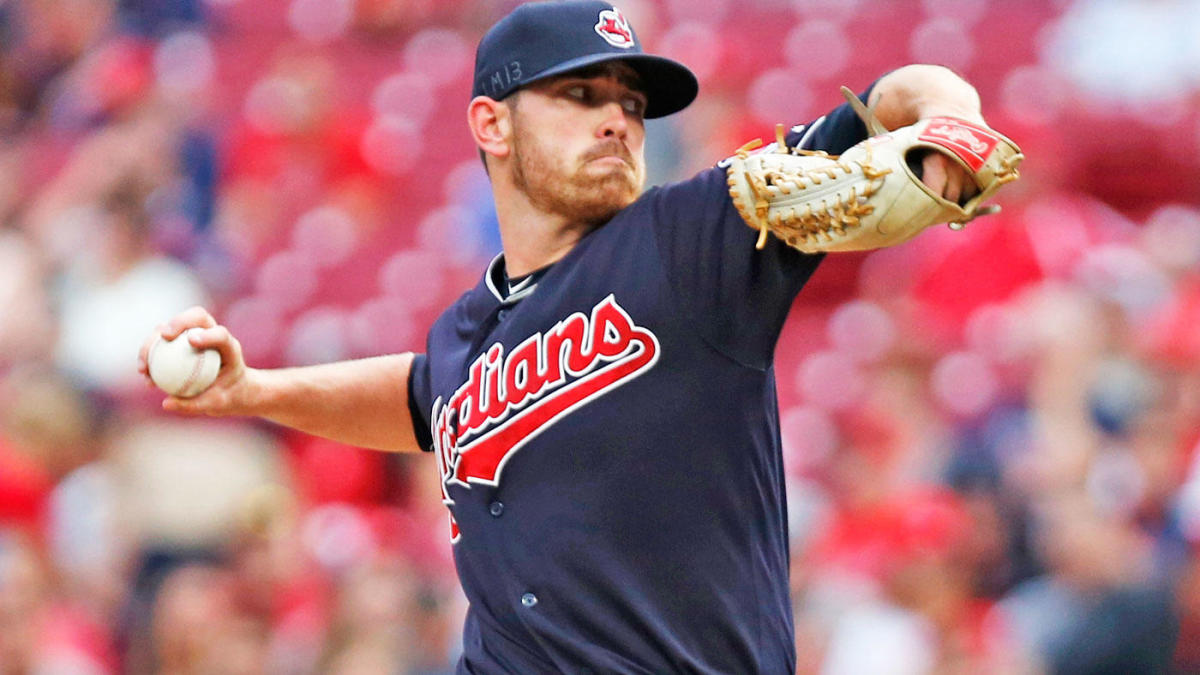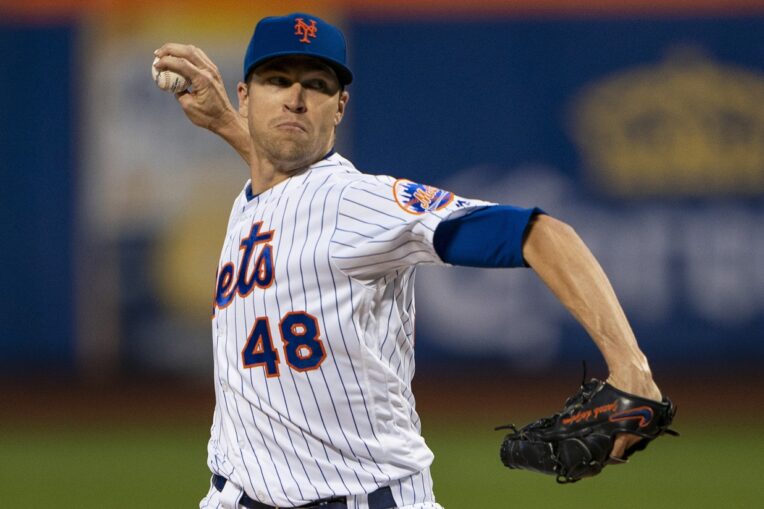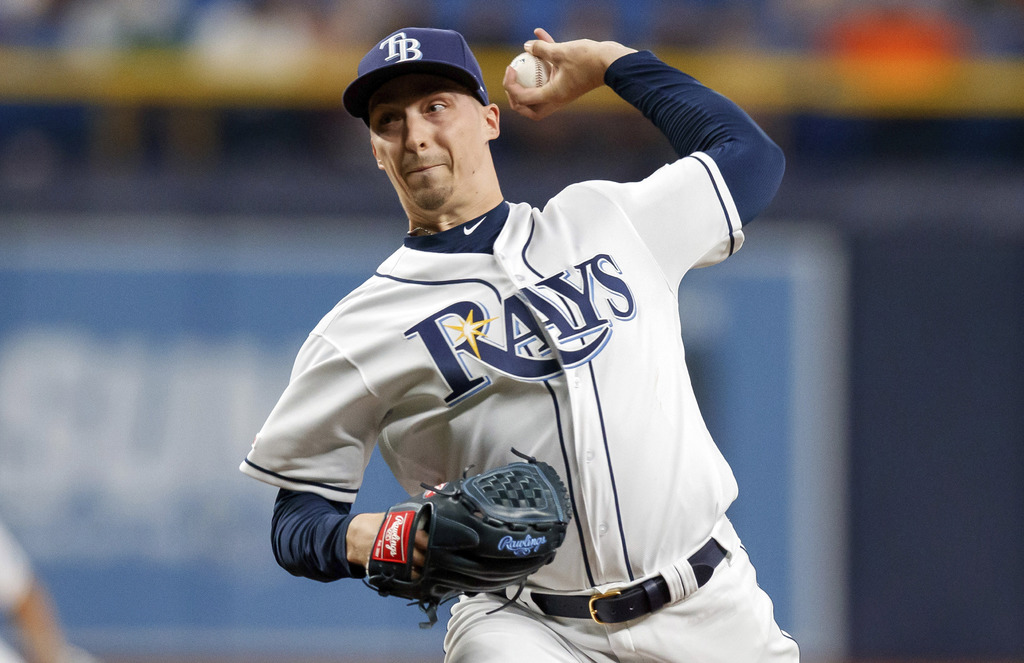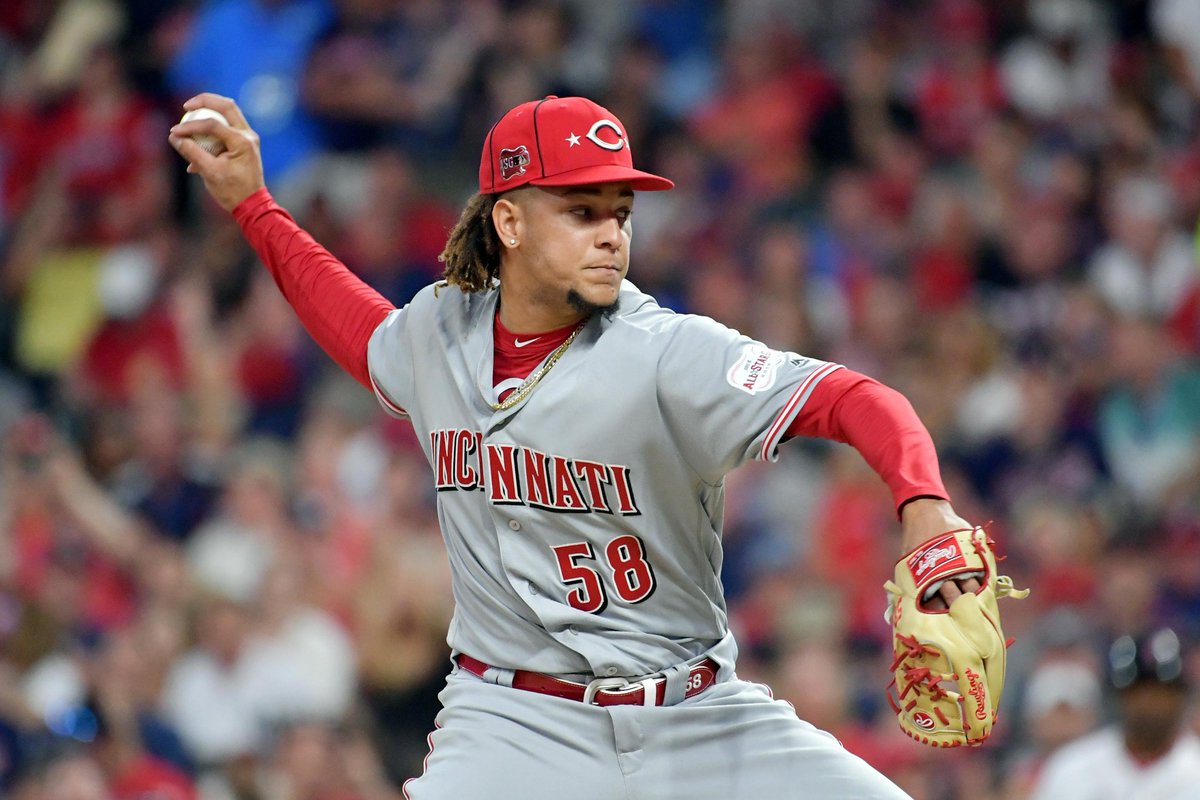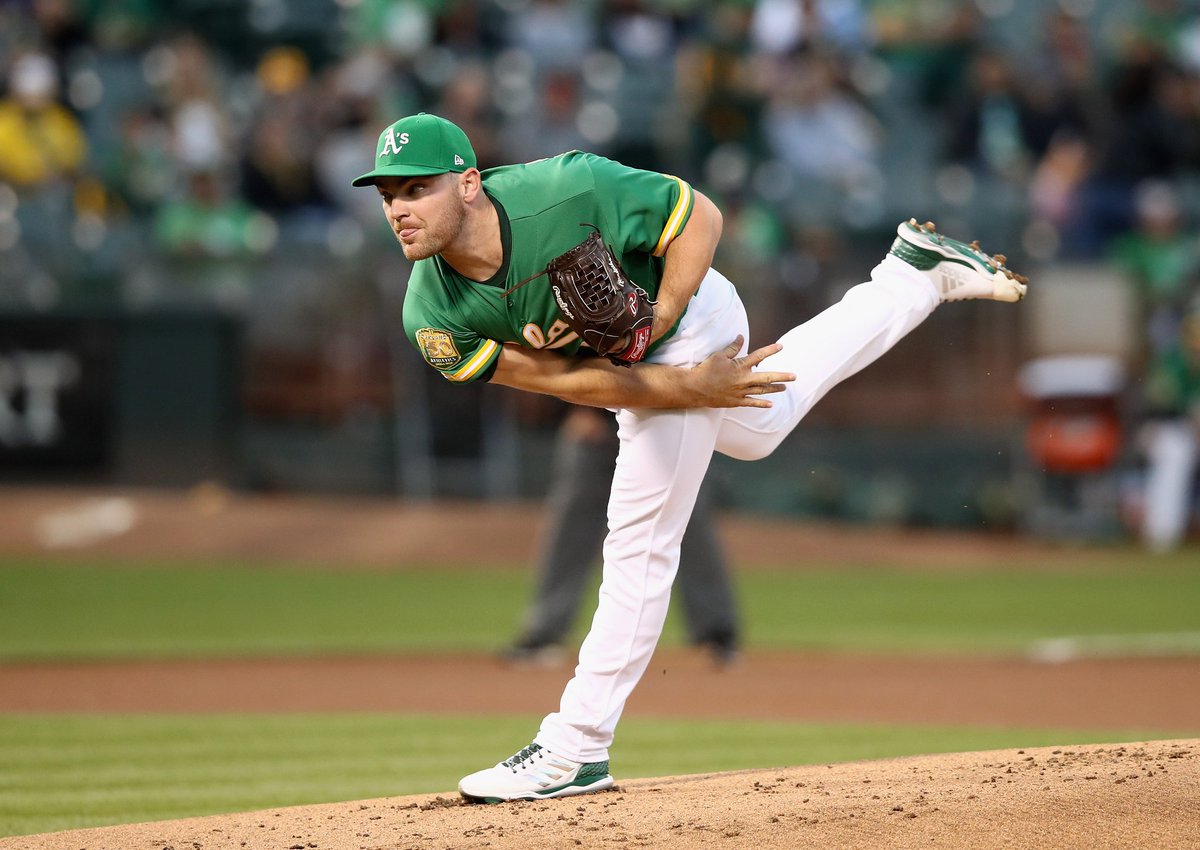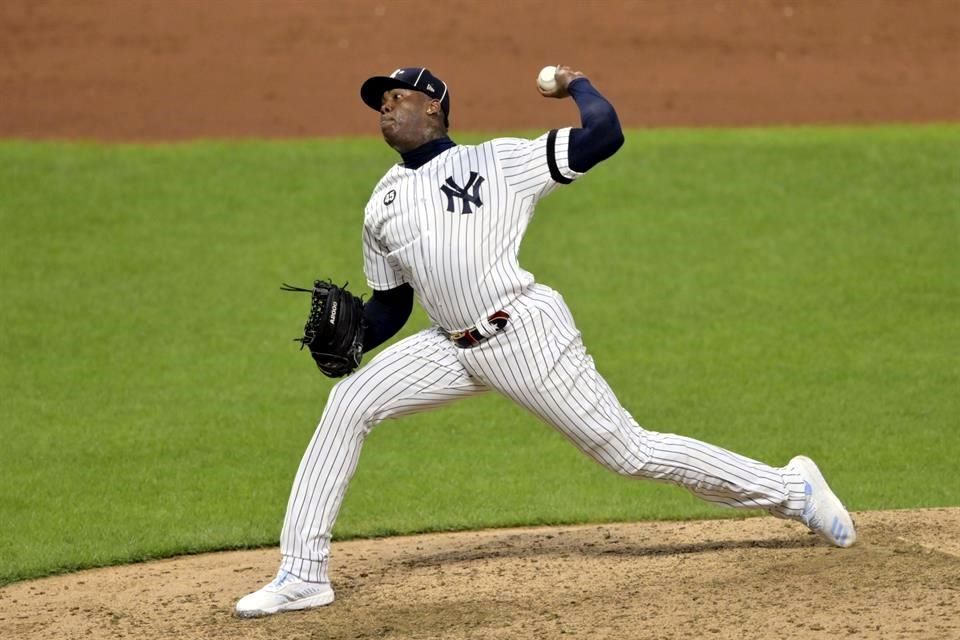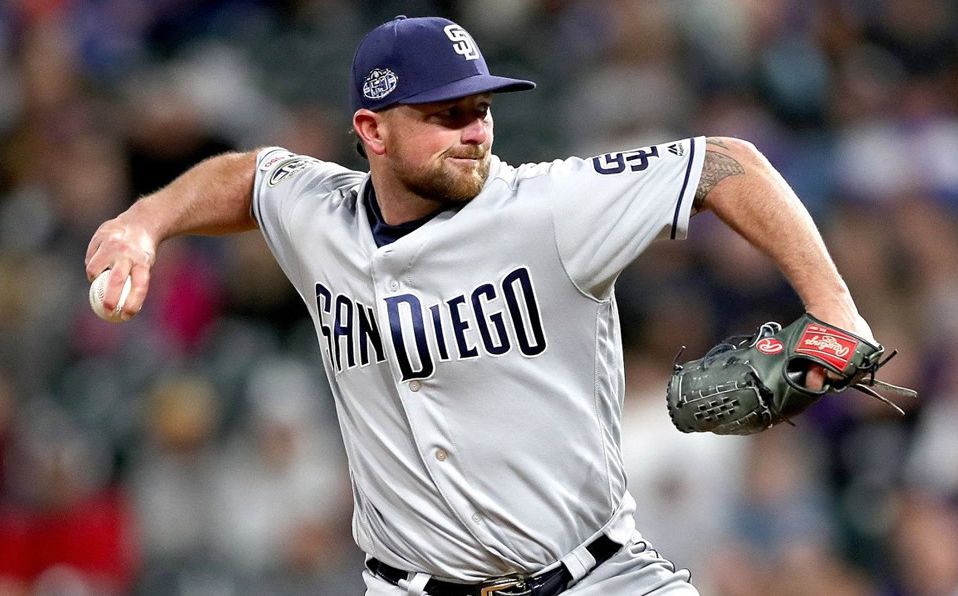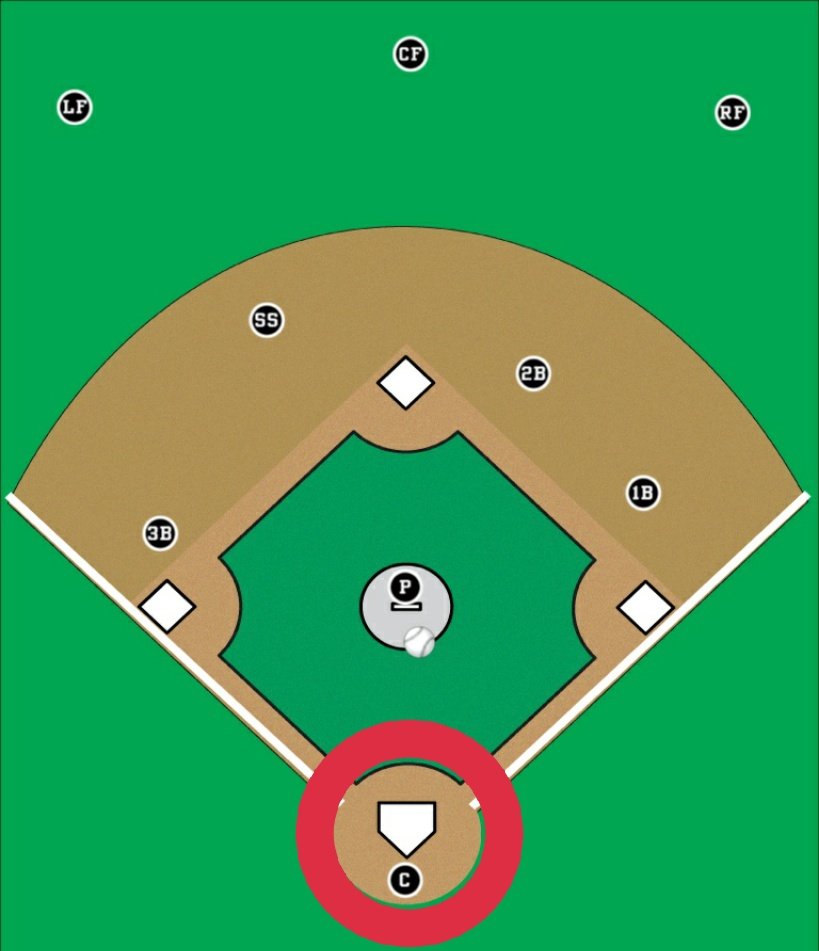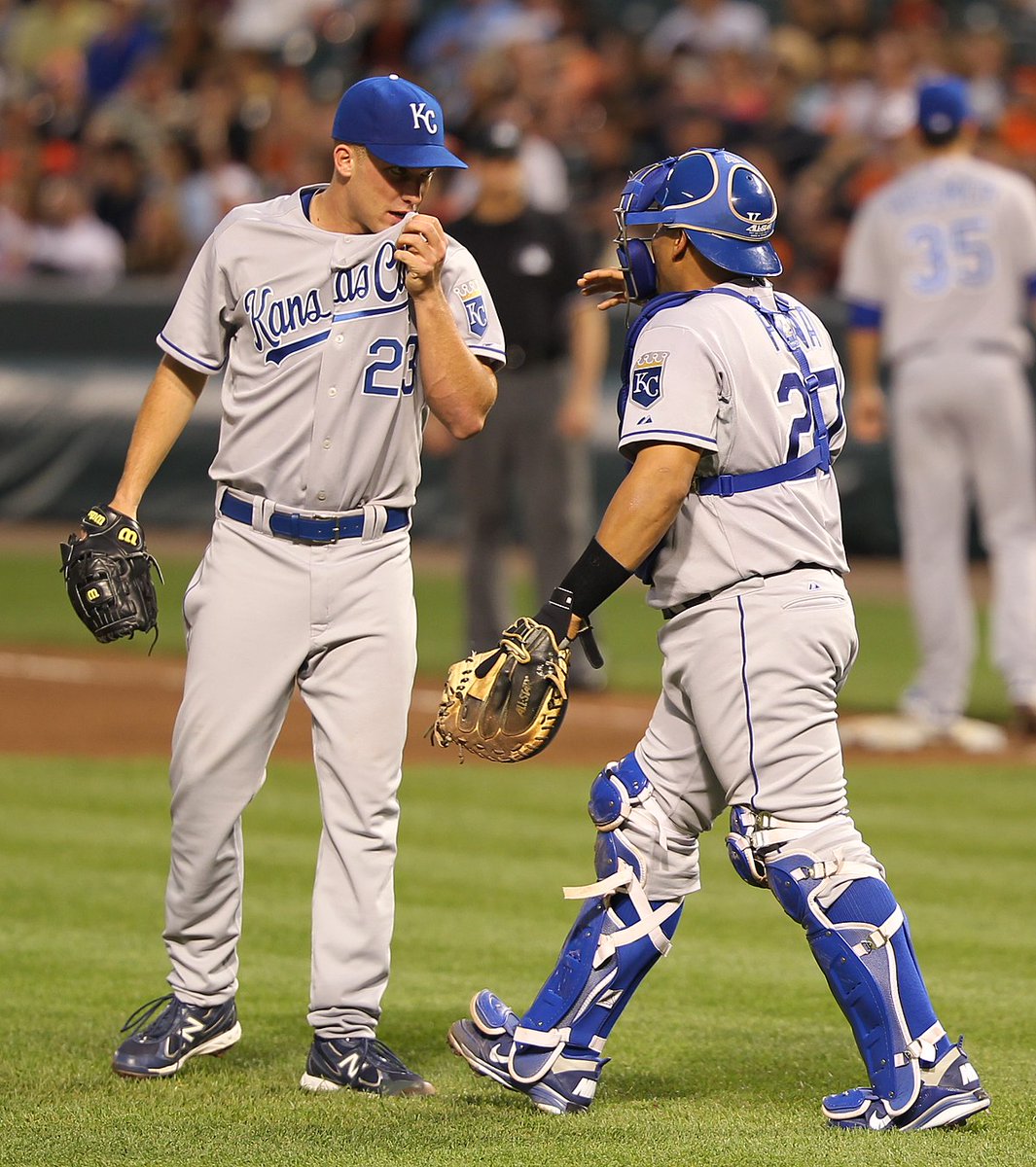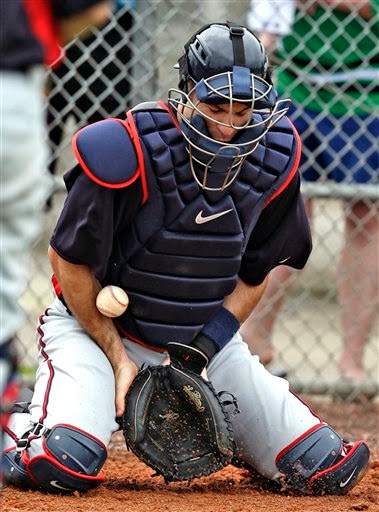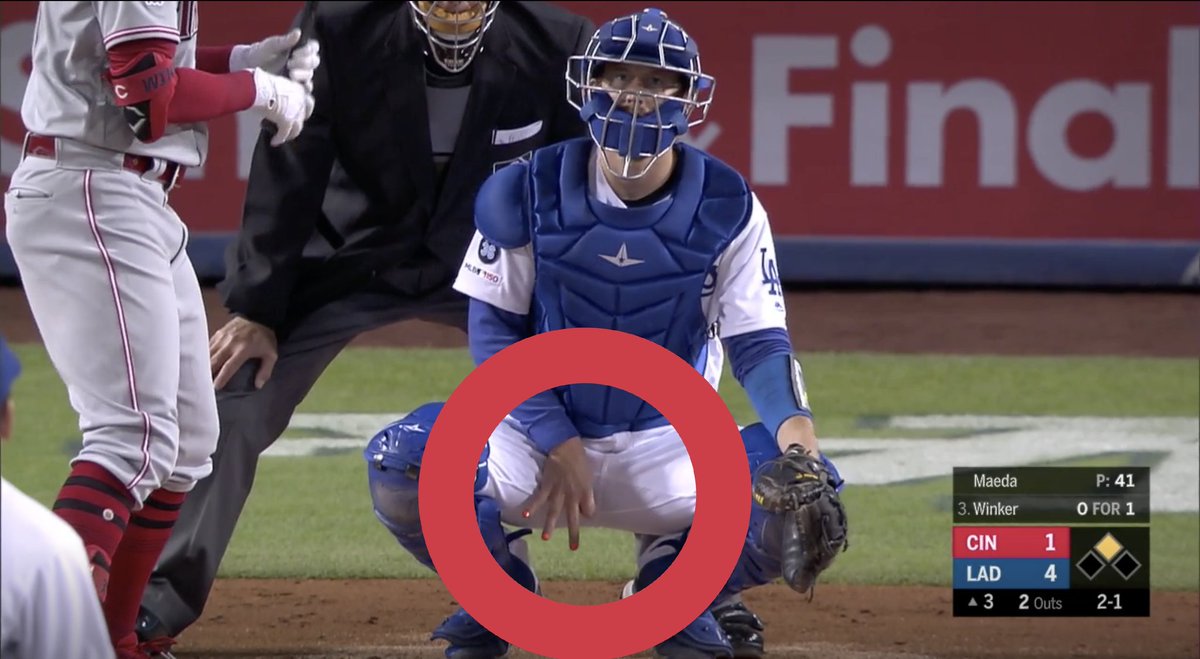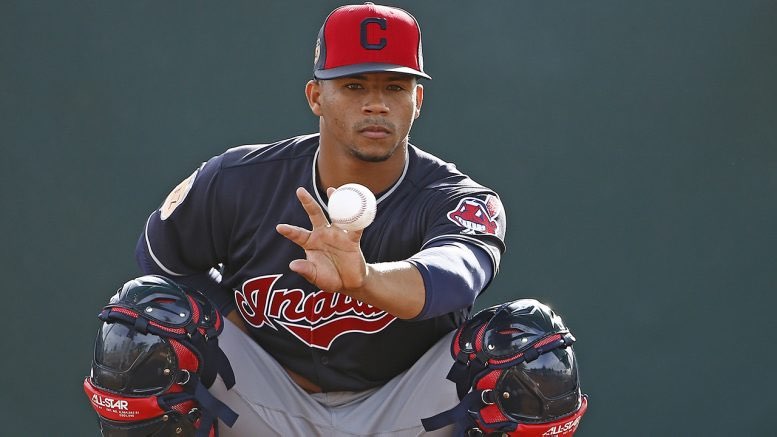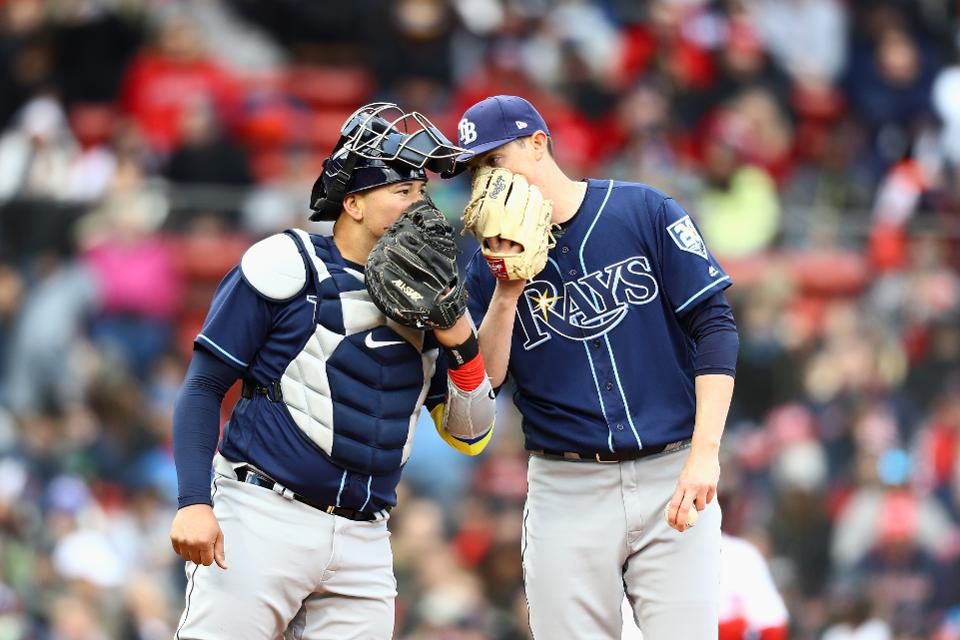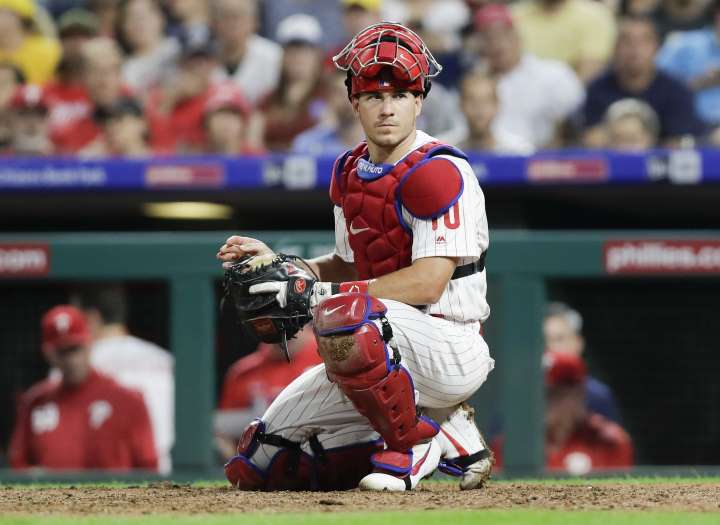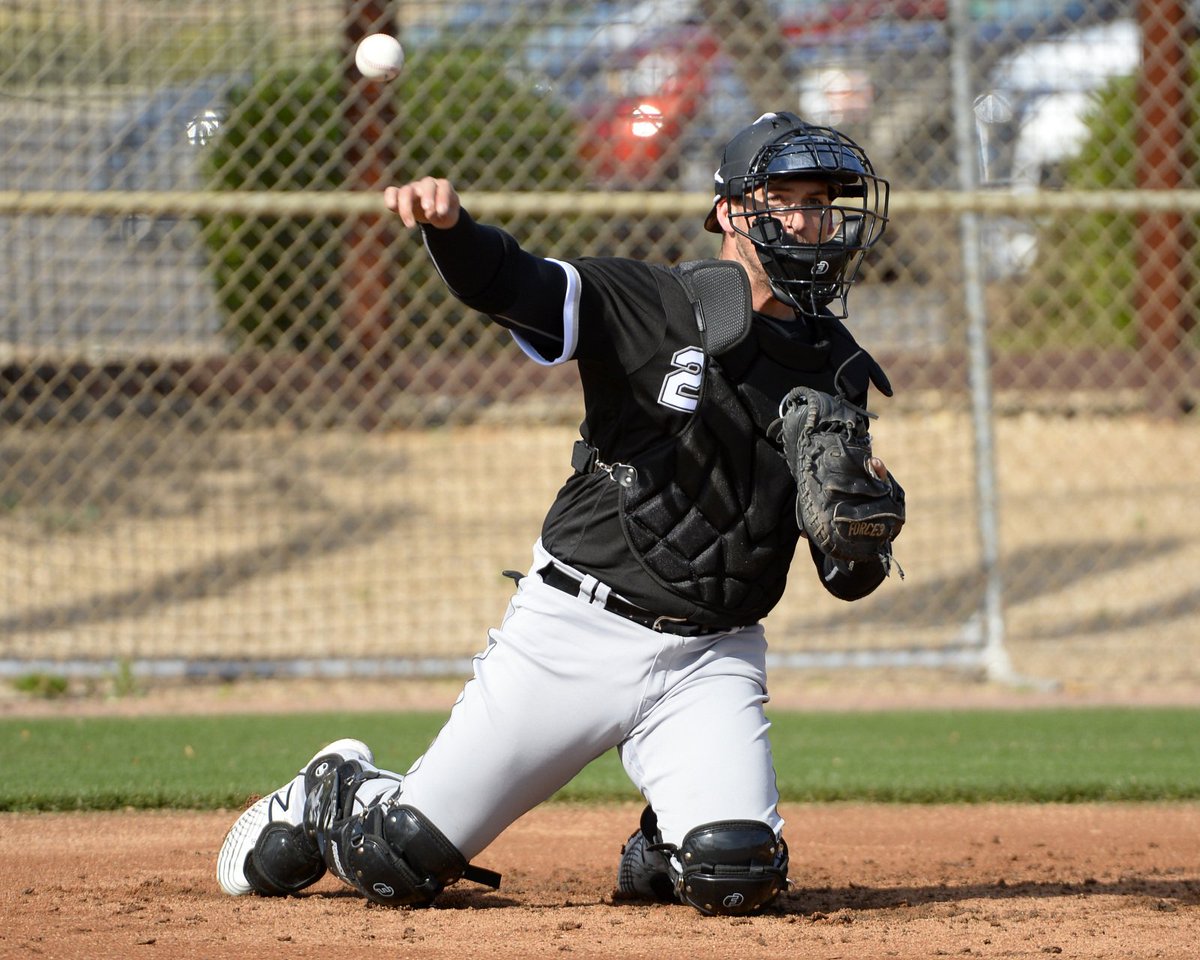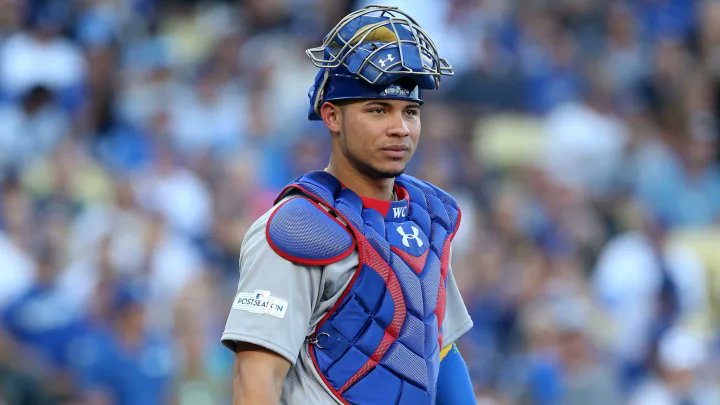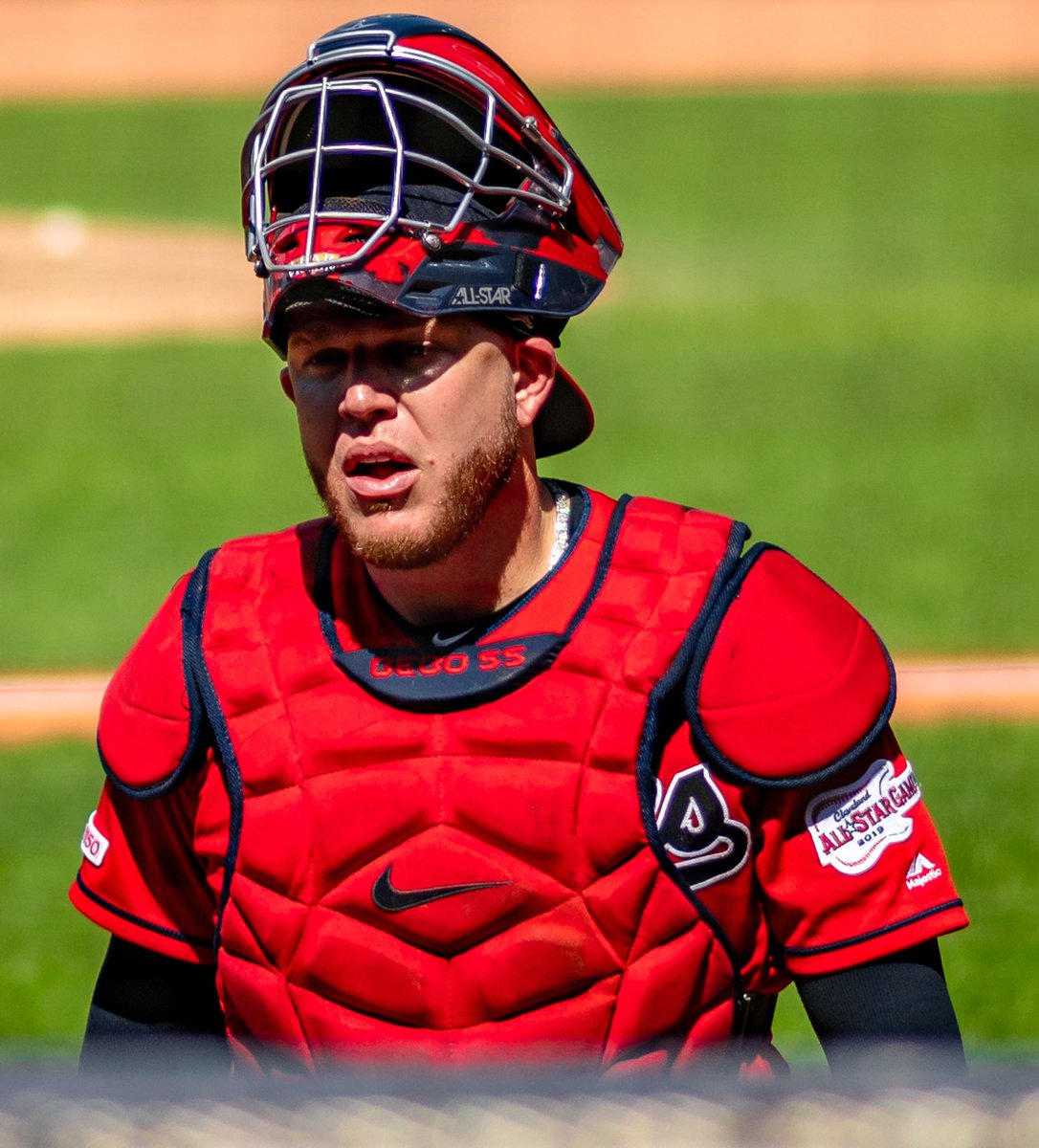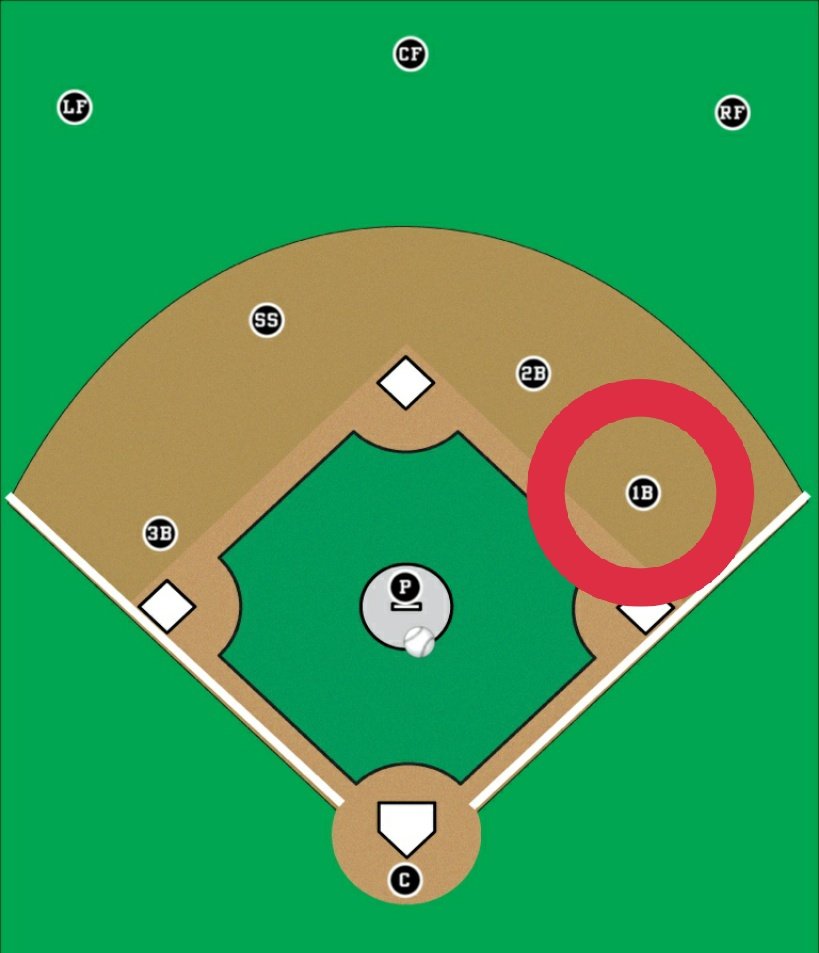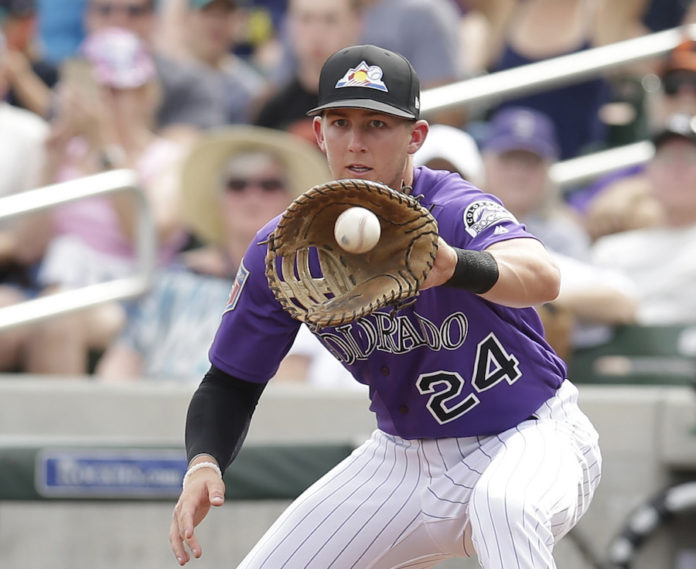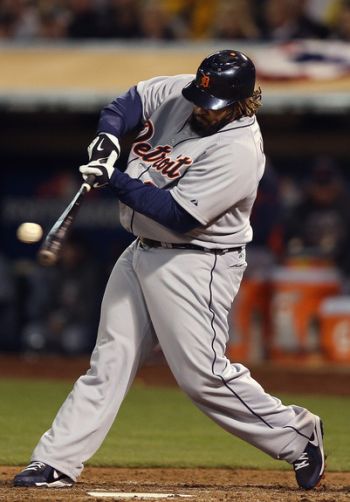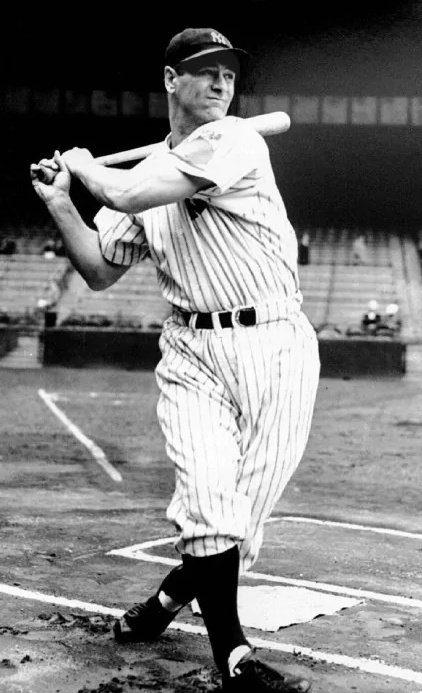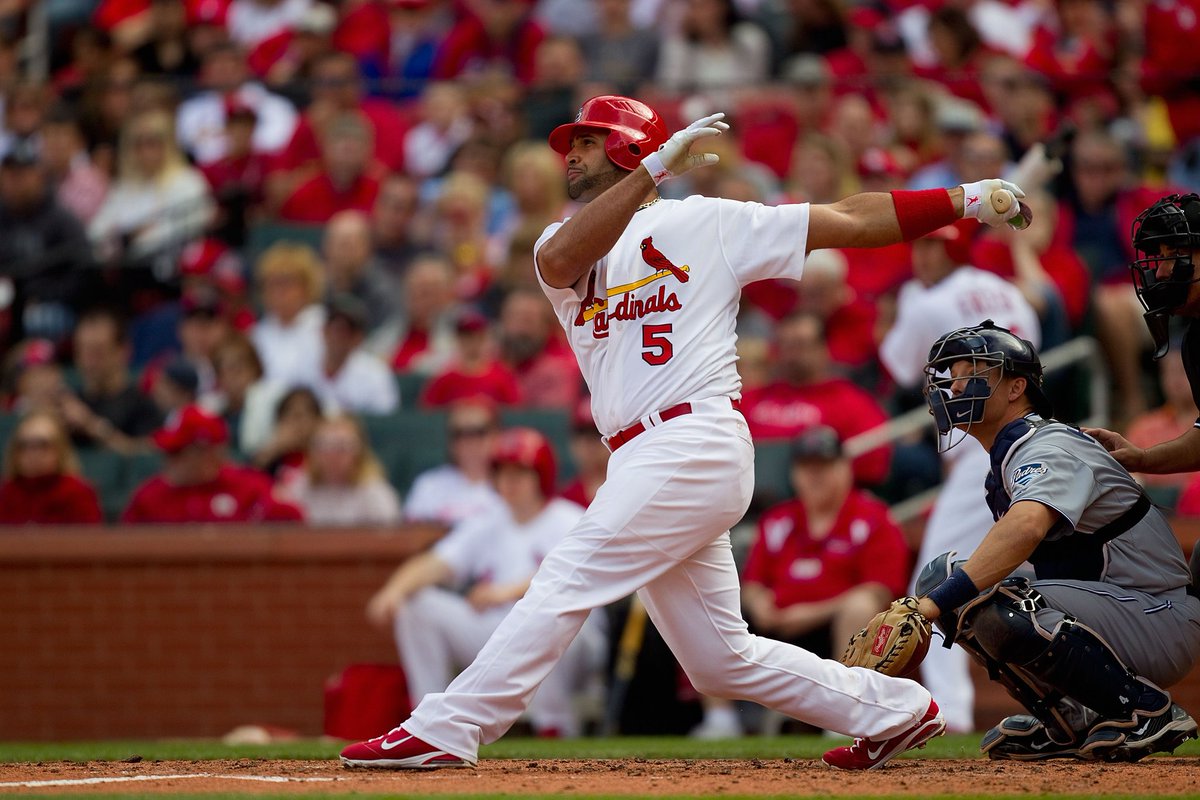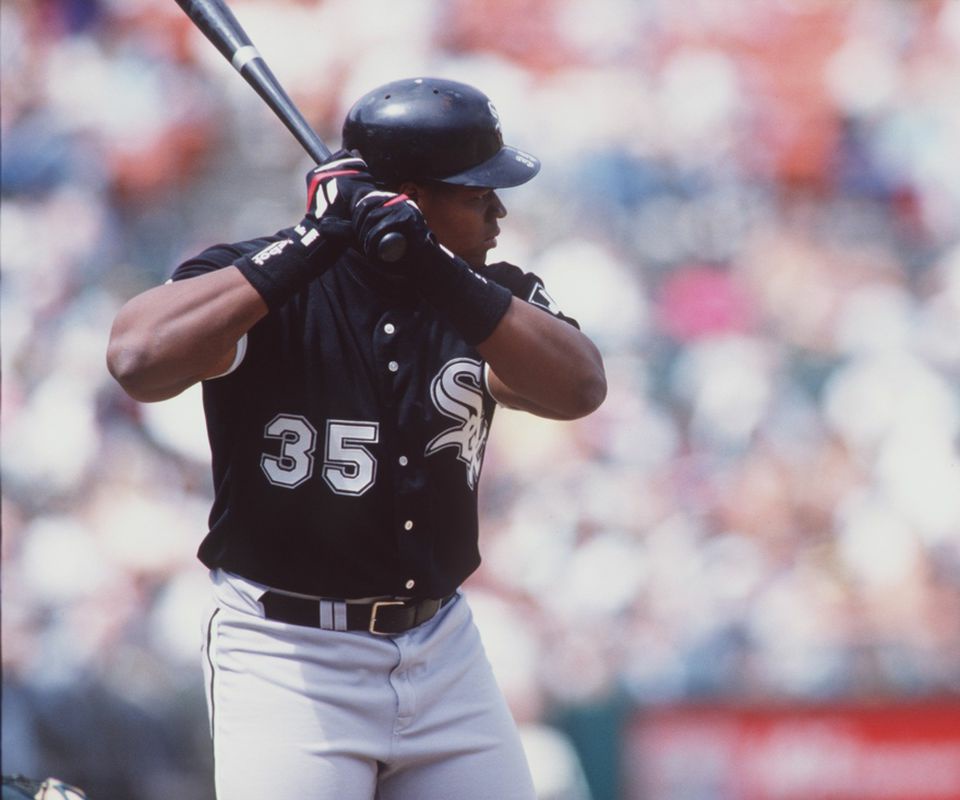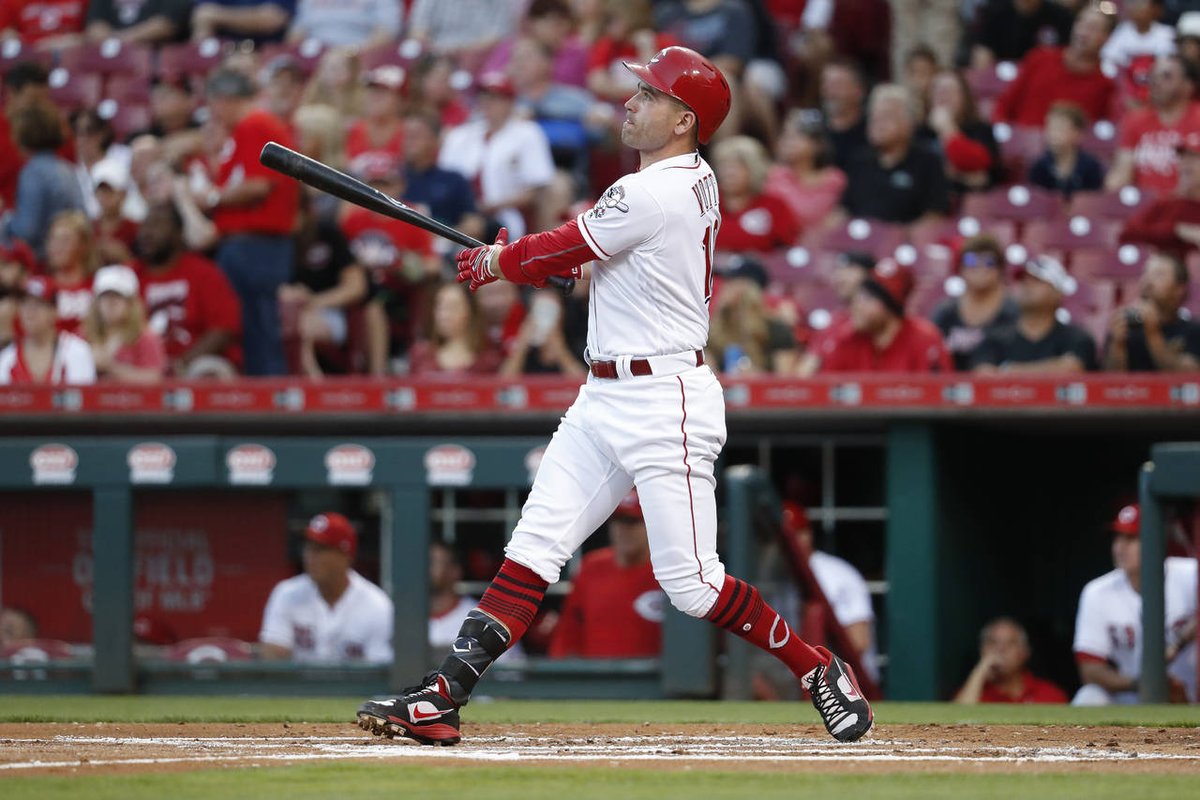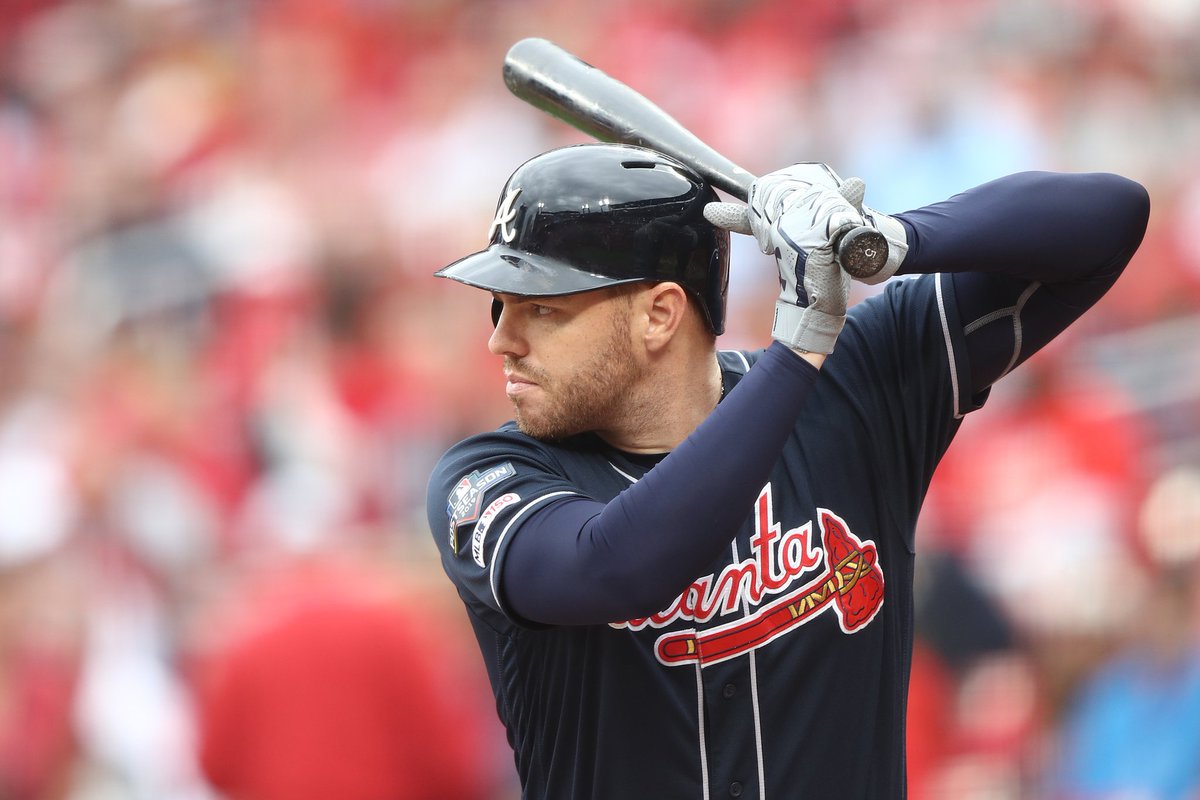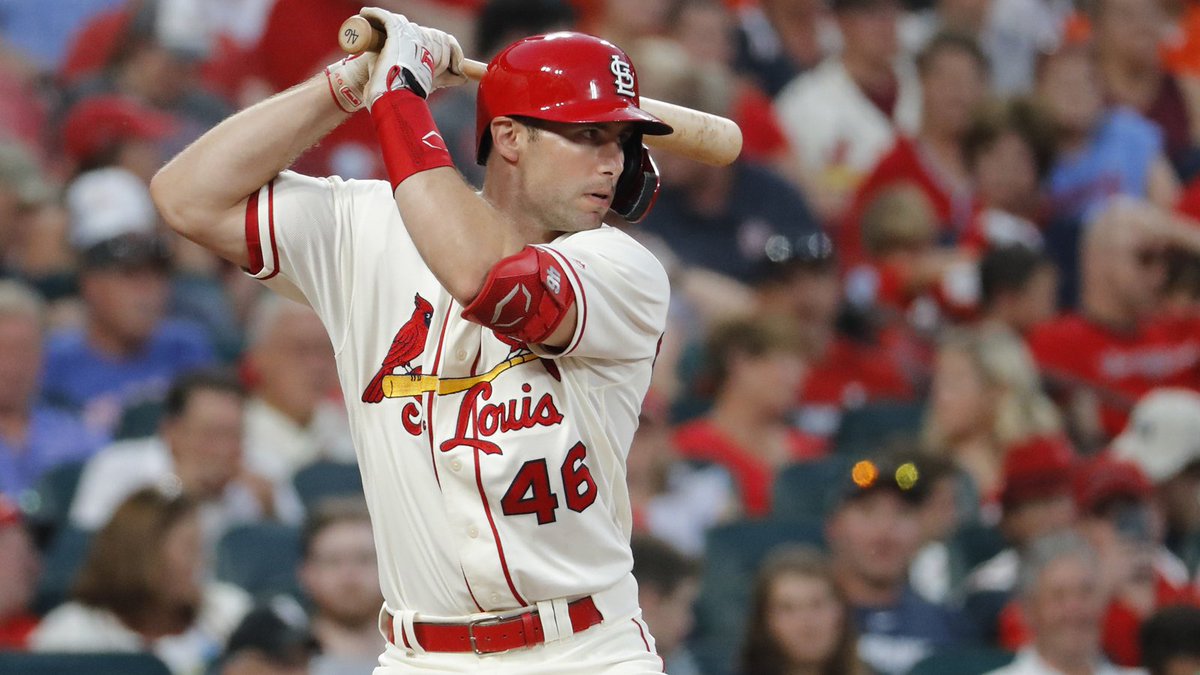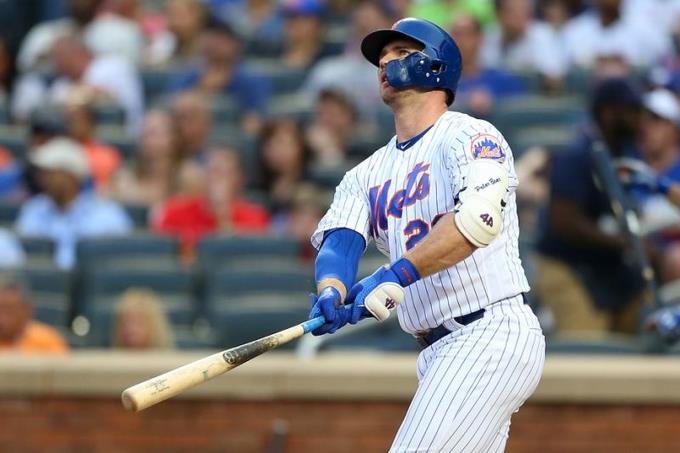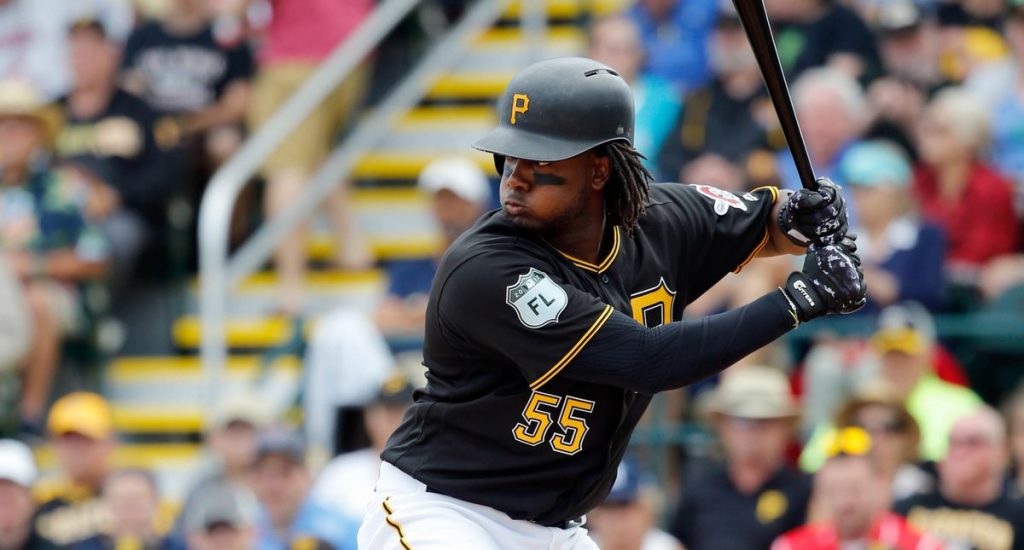This is the start of a thread we& #39;re calling BASEBALL TERMINOLOGY 101.
Baseball is a sport filled with many different stats, expressions and such. Understanding them is key in being able to follow the sport. This thread will be particularly useful if you& #39;re just getting started.
Baseball is a sport filled with many different stats, expressions and such. Understanding them is key in being able to follow the sport. This thread will be particularly useful if you& #39;re just getting started.
Each day there will be a new stat, term or expression explained in good detail.
Remember to check out the podcast at http://www.anchor.fm/pinchtalk
We& #39;ll">https://www.anchor.fm/pinchtalk... start with pitch types.
Remember to check out the podcast at http://www.anchor.fm/pinchtalk
We& #39;ll">https://www.anchor.fm/pinchtalk... start with pitch types.
4 SEAM FASTBALL
Also called "heat" or "heater".
It& #39;s the most basic pitch in baseball, the first pitch every kid learns to throw.
It& #39;s typically the fastest pitch in one& #39;s repertoire.
It gets its name from the way it rotates in the air, with backspin.
Here& #39;s the grip:
Also called "heat" or "heater".
It& #39;s the most basic pitch in baseball, the first pitch every kid learns to throw.
It& #39;s typically the fastest pitch in one& #39;s repertoire.
It gets its name from the way it rotates in the air, with backspin.
Here& #39;s the grip:
4-seam fastballs are used by basically every pitcher.
As well as being the fastest pitch, it typically has the least amount of movement.
Some pitchers like Edwin Díaz (left) use it well over half the time, while Dallas Keuchel (right) barely uses it at all.
As well as being the fastest pitch, it typically has the least amount of movement.
Some pitchers like Edwin Díaz (left) use it well over half the time, while Dallas Keuchel (right) barely uses it at all.
Also, where you throw your fastball has changed over the years.
Back in the day, it was common to throw fastballs down in the zone, as hitters were taught to hit the top of the ball, which generates a lot of balls hit in the ground.
In today& #39;s game tho, that& #39;s not the case.
Back in the day, it was common to throw fastballs down in the zone, as hitters were taught to hit the top of the ball, which generates a lot of balls hit in the ground.
In today& #39;s game tho, that& #39;s not the case.
Today, hitters are taught to hit the bottom half of the baseball in order to lift it in the air, so pitchers have countered these tendencies and have turned to throwing fastballs in the upper part of the zone.
Teams like the Rays and Dodgers are great examples of this.
Teams like the Rays and Dodgers are great examples of this.
4 seam fastballs range in average velocity from close to 100 MPH, from someone like Diego Castillo (left), to well below 90 MPH, like Kyle Hendricks (right), for example.
In general tho, the league average is somewhere in the low-mid 90s, around 93 MPH.
In general tho, the league average is somewhere in the low-mid 90s, around 93 MPH.
Here begins the #BaseballTerms101 thread for the positions each player has on the field. Make sure to check out the thread about pitch types.
1. PITCHER
The man who holds the ball (pause).
His main job is to throw the ball for strikes and make life as difficult as possible for the opposing batter.
It& #39;s also his job to play defense as best as he can after the ball is hit and hold baserunners as still as possible.
The man who holds the ball (pause).
His main job is to throw the ball for strikes and make life as difficult as possible for the opposing batter.
It& #39;s also his job to play defense as best as he can after the ball is hit and hold baserunners as still as possible.
The pitcher and the catcher work together in order to get the best possible result.
Catchers put down signs that refer to what pitch they think they should throw.
The pitcher will agree or shake his head and ask for something else.
If they can& #39;t agree, they& #39;ll talk it over.
Catchers put down signs that refer to what pitch they think they should throw.
The pitcher will agree or shake his head and ask for something else.
If they can& #39;t agree, they& #39;ll talk it over.
Pitchers are tipically separated in two categories:
- Starting pitchers
- Relief pitchers
We& #39;ll start with the starters.
- Starting pitchers
- Relief pitchers
We& #39;ll start with the starters.
The starter is the pitcher who begins the game. His job is simple: pitch as well as you can for as long as you can.
When the starter stops being effective, the manager will take him out of the game in favor of another pitcher.
(Down below is Max Scherzer, baseball& #39;s psychopath)
When the starter stops being effective, the manager will take him out of the game in favor of another pitcher.
(Down below is Max Scherzer, baseball& #39;s psychopath)
During the regular season, starting pitchers start once every 5 days/games, and typically throw anywhere between 75-100 pitches per game.
For this reason, most starters are tall, as they can take more workload better than shorter pitchers.
Most starters start 30ish games/year.
For this reason, most starters are tall, as they can take more workload better than shorter pitchers.
Most starters start 30ish games/year.
Because starters face the same hitters multiple times, they tend to have more variety of pitches than relievers.
The general rule is 3 different pitches is the minimum to be a starter, as well as having good control and command of them.
The general rule is 3 different pitches is the minimum to be a starter, as well as having good control and command of them.
A couple of starting pitchers to know about:
- Jacob DeGrom (NY Mets)
- Gerrit Cole (NY Yankees)
- Blake Snell (Tampa Bay Rays)
- Luis Castillo (Cincinnati Reds)
- Jacob DeGrom (NY Mets)
- Gerrit Cole (NY Yankees)
- Blake Snell (Tampa Bay Rays)
- Luis Castillo (Cincinnati Reds)
Relief pitchers, on the other hand, work more often than starters. A good reliever will appear in 60+ games over the season.
They pitch in short bursts, and as such, don& #39;t need the stamina of starters, nor great pitch variety. Lots of relievers throw just two great pitches.
They pitch in short bursts, and as such, don& #39;t need the stamina of starters, nor great pitch variety. Lots of relievers throw just two great pitches.
Relievers will come into the game once the starter has been taken out, and their job is to finish the game.
The "closer" is the name given to a reliever typically saved for situations where his team is leading by a small margin late in games or the game is tied.
The "closer" is the name given to a reliever typically saved for situations where his team is leading by a small margin late in games or the game is tied.
I mentioned earlier how defense and holding baserunners are two other things pitchers have to do, even if they& #39;re often forgotten.
To make up for it, here& #39;s Zack Greinke doing that same thing at a high level:
To make up for it, here& #39;s Zack Greinke doing that same thing at a high level:
AND to finish the Pitcher segment off, here& #39;s a compilation of some absolutely filthy pitching. Enjoy.
#BaseballTerms101
#BaseballTerms101
2. CATCHER
The most defensively important & most demanding position in baseball. The catcher is the middle linebacker of a baseball team.
He has many defensive responsibilities & has to work with the pitchers to get results.
Finding truly elite ones is rare.
#BaseballTerms101
The most defensively important & most demanding position in baseball. The catcher is the middle linebacker of a baseball team.
He has many defensive responsibilities & has to work with the pitchers to get results.
Finding truly elite ones is rare.
#BaseballTerms101
Catcher is truly demanding:
- Physically (due to the arm strength & lower body strength required)
- Mentally (requires high baseball IQ, setting up the defense and reading opposing hitters, etc)
- Interpersonally (catchers have to interact with pitchers and be leaders)
- Physically (due to the arm strength & lower body strength required)
- Mentally (requires high baseball IQ, setting up the defense and reading opposing hitters, etc)
- Interpersonally (catchers have to interact with pitchers and be leaders)
Let& #39;s get into some of their defensive responsibilities, then. We& #39;ll start out with pitch framing and blocking.
Framing, in general terms, is the act of presenting a pitch in a certain way so that the umpire will be influenced into calling it a strike.
This is heavily important, as the difference between a ball and strike can change the outcome of a plate appearance significantly.
This is heavily important, as the difference between a ball and strike can change the outcome of a plate appearance significantly.
Blocking is also important. The catcher will use his body and body armor to try and block any pitch that bounces in the dirt.
Aside from the obvious benefit, it also helps a pitcher& #39;s confidence immensely knowing that his catcher will bail him out if he fucks up.
Aside from the obvious benefit, it also helps a pitcher& #39;s confidence immensely knowing that his catcher will bail him out if he fucks up.
The other big aspect is throwing runners out.
When an opponent tries to steal a base, it& #39;s the catcher& #39;s responsibility to get the pitch and throw to the base that& #39;s being stolen, where a teammate will be at to tag out the would be thief.
Here are some examples:
When an opponent tries to steal a base, it& #39;s the catcher& #39;s responsibility to get the pitch and throw to the base that& #39;s being stolen, where a teammate will be at to tag out the would be thief.
Here are some examples:
Aside from that, some catchers also set up their teammates and their defensive positioning, and they also set signs for their pitcher to signal what type of pitch they wanna throw, as well as the location.
Yes, that& #39;s bright nail polish. Some use it to make the signs clearer.
Yes, that& #39;s bright nail polish. Some use it to make the signs clearer.
Due to how many defensive responsibilities catchers have and how demanding the position is, most develop slower than other positions and tend to be weaker hitters than other positions, but the defensive & leadership value is so great that a mediocre hitting catcher is tolerated.
Also a fun fact:
Due to their need for good interpersonal and leadership skills, high baseball IQ and feel for the game, catchers tend to make pretty good managers and coaches once they retire.
Due to their need for good interpersonal and leadership skills, high baseball IQ and feel for the game, catchers tend to make pretty good managers and coaches once they retire.
Lastly, here are some current catchers you gotta know:
- JT Realmuto (Philadelphia Phillies)
- Yasmani Grandal (Chicago White Sox)
- Willson Contreras (Chicago Cubs)
- Roberto Pérez (Cleveland Indians)
#BaseballTerms101
- JT Realmuto (Philadelphia Phillies)
- Yasmani Grandal (Chicago White Sox)
- Willson Contreras (Chicago Cubs)
- Roberto Pérez (Cleveland Indians)
#BaseballTerms101
3. FIRST BASEMAN
The traditional big guy, great hitter position. Typically one of the most potent hitters on the team.
First base has been home to some of baseball& #39;s best hitters throughout the years.
#BaseballTerms101
The traditional big guy, great hitter position. Typically one of the most potent hitters on the team.
First base has been home to some of baseball& #39;s best hitters throughout the years.
#BaseballTerms101
First basemen tend to be the biggest, least athletic players on the team.
It& #39;s the position where a team might place a poor defender (not always the case) who happens to be a great hitter, because it has little defensive responsibility, and it& #39;s an easier position than others.
It& #39;s the position where a team might place a poor defender (not always the case) who happens to be a great hitter, because it has little defensive responsibility, and it& #39;s an easier position than others.
Of course, defense is always important, and a great defender at first base will save you a lot of errors by picking poor throws and make your defense more consistent.
A good modern example of a terrific defensive 1st baseman would be Matt Olson of the Oakland A& #39;s:
A good modern example of a terrific defensive 1st baseman would be Matt Olson of the Oakland A& #39;s:
Obviously, however, a first baseman& #39;s number one job is to hit, and to hit a ton. The low overall defensive value means a first baseman needs to produce with the bat in order to be valuable.
First basemen tipically have great power and will bat in the heart of a lineup.
First basemen tipically have great power and will bat in the heart of a lineup.
As previously said, if you go through the history books, you& #39;ll find that some of the best hitters of each decade happen to be first basemen due to the bat first profile of the position.
Among those names are guys like Lou Gehrig, Albert Pujols, Frank Thomas, Joey Votto...
Among those names are guys like Lou Gehrig, Albert Pujols, Frank Thomas, Joey Votto...
This tendency holds true to this day. Here are some current first basemen to know about:
- Freddie Freeman (Atlanta Braves)
- Paul Goldschmidt (St. Louis Cardinals)
- Pete Alonso (New York Mets)
- Josh Bell (Pittsburgh Pirates)
#BaseballTerms101
- Freddie Freeman (Atlanta Braves)
- Paul Goldschmidt (St. Louis Cardinals)
- Pete Alonso (New York Mets)
- Josh Bell (Pittsburgh Pirates)
#BaseballTerms101
In other words people, a first baseman& #39;s job is to not hurt you on defense and to hit the cover off the ball when he steps up to bat.
Next in line for tomorrow will be the second baseman.
#BaseballTerms101
Next in line for tomorrow will be the second baseman.
#BaseballTerms101

 Read on Twitter
Read on Twitter